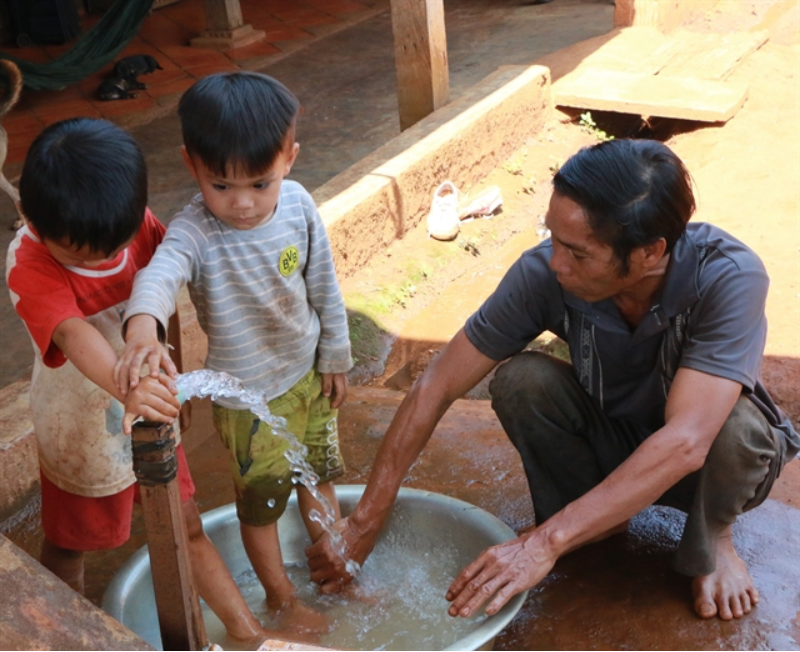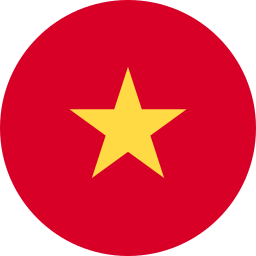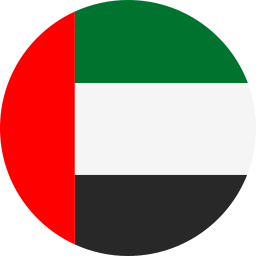Access to clean and safe domestic water is fundamental to public health, economic development, and environmental sustainability. In Vietnam, a country experiencing rapid urbanization and industrial growth, ensuring an adequate and safe water supply remains a pressing challenge. This article delves into the current state of domestic water supply in Vietnam, highlighting the challenges faced and exploring potential solutions for a sustainable future.

1. Overview of Water Resources in Vietnam
Vietnam is endowed with a dense network of rivers, lakes, and underground aquifers. The country has over 3,500 rivers and streams, with the Mekong and Red River deltas being the most significant. These water bodies are crucial for agriculture, industry, and domestic use. However, the distribution of water resources is uneven, with the southern regions generally having more abundant water supplies compared to the north.
2. Challenges in Domestic Water Supply
a. Water Pollution
One of the most significant challenges to Vietnam's domestic water supply is pollution. Industrialization and urbanization have led to increased discharge of untreated wastewater into rivers and lakes. According to the Vietnam Water Supply and Sewerage Association (VWSA), approximately 12 million cubic meters of wastewater are generated daily, with up to 87% released untreated into the environment . This pollution not only degrades water quality but also poses serious health risks to communities relying on these sources for drinking water.
In the northern region around Hanoi, arsenic contamination in drinking water affects about 7 million people, posing severe health risks such as cancer and neurological problems .
b. Climate Change and Water Scarcity
Climate change has exacerbated water scarcity in Vietnam. Prolonged droughts and changing rainfall patterns have led to reduced water levels in major rivers. In April 2024, several provinces declared emergency situations due to severe drought and saltwater intrusion in the Mekong River Delta, affecting over 266,000 people .
c. Inadequate Infrastructure
Despite efforts to improve water infrastructure, many areas, especially rural regions, still lack access to clean water. The policy framework for water supply remains incomplete, with no specific water supply law, and existing regulations are insufficient and inconsistent . Additionally, funding for water infrastructure relies primarily on the limited state budget, making it challenging to expand services to underserved areas.
d. Financial Constraints
Vietnam needs to invest between 20 to 30 billion USD in water supply and drainage to ensure universal access to clean water . However, mobilizing such significant investment is challenging, especially when considering the competing demands on the national budget.
3. Government and International Initiatives
Recognizing the critical state of water resources, the Vietnamese government, along with international partners, has initiated several programs to address water supply challenges.
a. Legal and Policy Reforms
The Law on Environmental Protection 2020 aims to control water quality and prevent pollution in river basins, groundwater, and seawater . This law provides a framework for managing water resources sustainably and protecting public health.
b. Infrastructure Development
Ho Chi Minh City is expanding its wastewater treatment infrastructure. The Nhiêu Lộc - Thị Nghè plant, with a capacity of 480,000 cubic meters per day, is set to be completed by 2025, aiming to meet approximately 71% of the city’s current wastewater treatment needs .
c. Community-Based Solutions
Organizations like Gravity Water have installed innovative rainwater harvesting systems in 131 schools in Hòa Bình province, providing over 38,000 students with a clean water source . These systems are crucial in areas where traditional water sources are unreliable or contaminated.
4. Future Prospects and Recommendations
To ensure a sustainable domestic water supply, Vietnam must adopt a multifaceted approach:
a. Strengthening Policy and Regulatory Frameworks
Developing comprehensive water supply laws and regulations will provide a solid foundation for managing water resources effectively. Clear policies can guide infrastructure development, pollution control, and resource allocation.
b. Investing in Infrastructure
Significant investment is needed to upgrade and expand water supply and treatment facilities. Public-private partnerships can be instrumental in mobilizing the necessary funds and expertise.
c. Promoting Water Conservation
Public awareness campaigns can educate communities on the importance of water conservation. Encouraging efficient water use in agriculture, industry, and households can reduce pressure on water resources.
d. Enhancing Data Collection and Monitoring
Implementing robust monitoring systems will enable authorities to track water quality and availability, facilitating timely interventions and informed decision-making.
5. Conclusion
Vietnam's domestic water supply faces numerous challenges, including pollution, climate change, inadequate infrastructure, and financial constraints. However, with concerted efforts from the government, international partners, and local communities, it is possible to overcome these obstacles. By investing in infrastructure, strengthening policies, and promoting sustainable practices, Vietnam can ensure that all its citizens have access to clean and safe water, securing a healthier and more prosperous future.
----------------------------------------------------------------------------------
SANAKY VIETNAM., CO LTD- Manufacturer of Power, Distribution and Dry-type Transformer as well as RO Water Purifier, Chest Freezer - Upright Cooler, …
www.sanaky-vn.com
 Vietnamese
Vietnamese  English
English  Chinese
Chinese  French
French  Spanish
Spanish  Russian
Russian  Arabic
Arabic  Portuguese
Portuguese